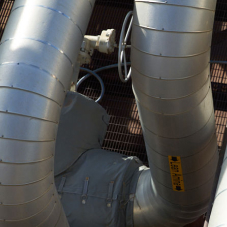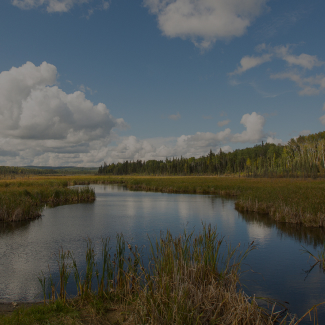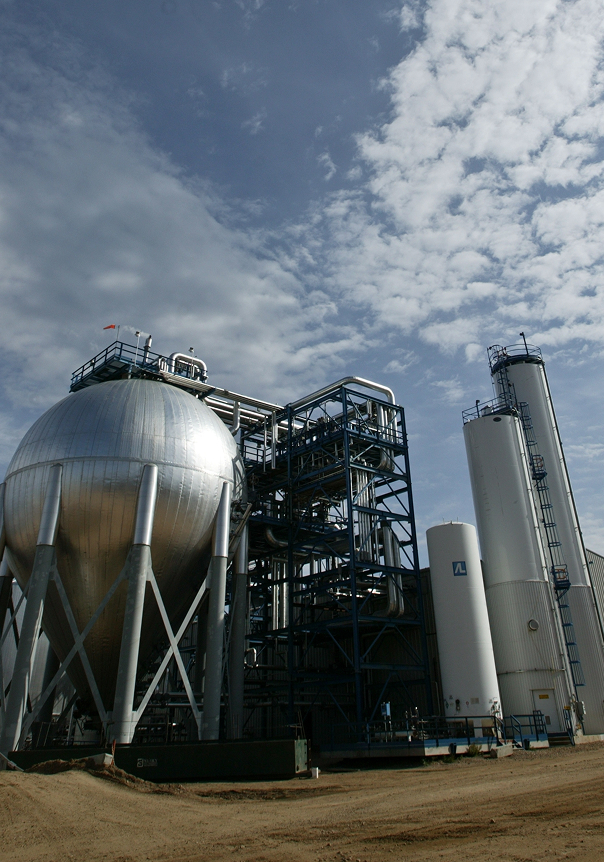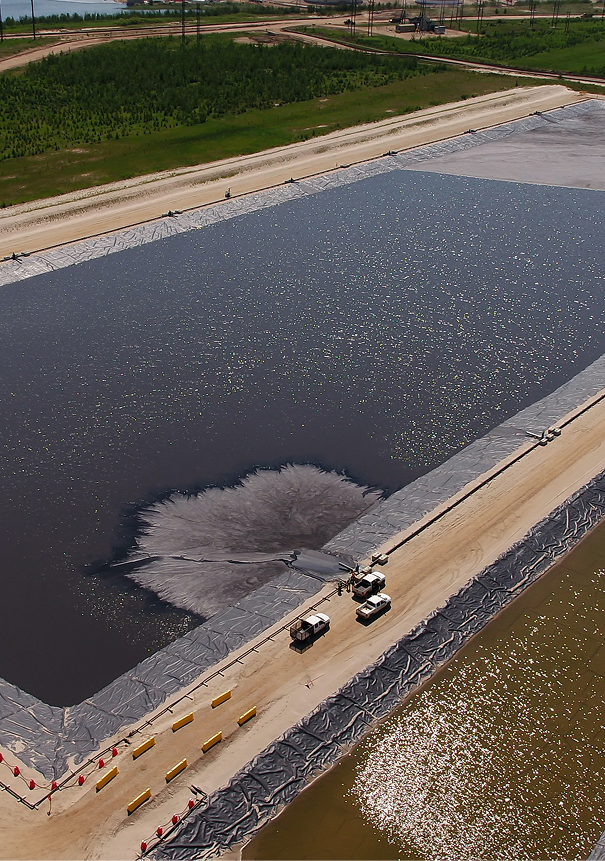See how Canada’s oil sands fuel our economy and power innovation for our energy future.
Jump to
Fuelling Canada’s economy
Canada’s strong energy sector provides jobs nationwide and helps fund vital infrastructure Canadians depend on every day.

Economic
impact

Since 2000, the oil sands industry has contributed almost one trillion dollars to the Canadian economy.1 Between 2001 and 2023, Canadian oil production rose by 2.8 million barrels per day.2 Nearly all this growth came from the oil sands. Today, the oil sands remain an immense economic driver for Canada and Alberta, and a secure source of energy for the world.
1 Macdonald-Laurier Institute, 2024. (2000-2021 data collected through CAPP; 2021-2024 data from public sources. This number does not represent profits or dividends. It is the amount of direct spending: capital, operating expenses, taxes and royalties.)
Taxes &
royalties

From 2017–2023, the oil and gas sector contributed $123 billion to federal and provincial governments.1 In 2023 alone, the industry paid $34.1B in income taxes and royalties.2 These funds are used to help build Canadian roads, bridges, schools and much more.
1, 2 Statistics Canada.
Canadian
jobs

More than 446,000 Canadians are directly or indirectly employed by the oil and gas industry.1 A Careers in Energy labour market report projects the energy sector will need to hire between 110,300 and 116,000 additional workers to fill openings created by growth and retirements.2
1 Energy Fact Book 2024–2025, National Resources Canada, 2024
Learn more about how the oil sands are helping build a strong, resilient future for all Canadians.
$1 trillion
contributed by the oil sands industry to the Canadian economy over the past 25 years.1
446,000+
Canadians directly or indirectly employed by the oil and gas industry.2
$34.1B
in income taxes and royalties paid by the industry in 2023 alone.3
1 Macdonald-Laurier Institute, 2024. (2000-2021 data collected through CAPP; 2021-2024 data from public sources. This number does not represent profits or dividends. It is the amount of direct spending: capital, operating expenses, taxes and royalties.)
2 Energy Fact Book 2024-2025, National Resources Canada, 2024.
Canadian energy demand
Canada’s oil sands support global energy needs and play a key role in our daily lives.


Energy demands
Oil and gas are expected to remain a critical part of the world’s energy mix for decades to come—including transportation, manufacturing and the production of everyday goods. Forecasts vary, but what’s certain is that global energy demand hasn’t peaked yet. The global middle class is currently growing at a pace of 100 million people per year.1 Today, worldwide oil consumption is just over 100 million barrels per day.2 To meet demand, oil will continue to be a major part of the energy mix.
1 World Data Lab via Visual Capitalist Blog, 2024.
2 Oil Analysis and Forecast to 2030, International Energy Agency, 2025.

Canada’s role


As the world seeks stability for its energy supply, Canada can be a secure and reliable source. The oil sands industry is ready to meet the demand while supporting our economy and global partners.

Everyday oil uses



There are more than a thousand applications for oil, beyond fuelling transportation, like providing lubricants, greases, waxes and asphalt. It’s also the source for petrochemical products, like pharmaceuticals and plastics we use in our daily lives.

Environmental innovation
Canada has the world’s fourth-largest oil reserves,1 and Canadian oil sands companies are focused on environmental innovation. It’s important the world energy demand is met by stable, democratic countries that are committed to environmental performance, regulatory standards, health and safety, and gainful employment.
Pathways Alliance member companies are currently advancing dozens of emerging environmental and emissions-related technologies, and forming technical working groups to study and advance more technology development projects with the potential to reduce emissions intensity.
1 Energy Fact Book 2024-2025, National Resources Canada, 2024.
Learn more about Canada’s role in meeting energy demand.
Oil sands innovation
A strong record of innovation is paving the way for future progress in Canada’s oil sands. Pathways Alliance member companies recognize that taking steps to advance innovation and projects benefits everyone.

We help innovators go further faster
Pathways Alliance member companies work together to identify challenges in their operations. We help innovators—academics, researchers, start-ups, inventors and others—advance promising solutions that can reduce environmental impacts in those areas.
We bring together the best minds in Canada and around the world to tackle the toughest environmental challenges in the oil sands. Promising ideas are supported with expertise and help navigating the innovation ecosystem.

Environmental Technologies
As a result of investments by Pathways member companies in new technologies, innovations and operational improvements, CO2e per barrel of oil produced dropped about 26% in the Canadian oil sands from 2011 to 2023.1
We recognize there’s more to do, including helping advance greenhouse gas technologies. That’s why we continue to invest in research, technology and collaboration—working together to provide the energy the world needs, while advancing environmental innovation.
1 Alberta Oil Sands Greenhouse Gas Emission Intensity Analysis,
Government of Alberta, June 4, 2025.

Reclamation & Tailings
Once production has finished, operators are required to restore the land to “equivalent capability.” That’s a regulatory standard that ensures reclaimed land can support different land uses and ecosystems as effectively as it did before it was disturbed.
Oil sands tailings—the material that’s leftover after bitumen is removed—are deposited in facilities referred to as tailings ponds. As water is released from tailings through settlement and treatment, it is recycled back to the extraction plant. The remaining tailings are managed separately in alignment with the integrated tailings management plan, which is developed at the project application stage and updated as needed during the life of the mine.
Did you know? In 2023, 79% of the water used for oil sands mining was recycled water.1
Learn more about how innovation is shaping the future of Canada’s oil sands.
Working together for Canada’s energy future
Pathways Alliance is made up of Canadian Natural, Cenovus, ConocoPhillips Canada, Imperial and Suncor representing five of Canada’s largest oil sands producers. We understand the power of collaboration. Through our innovation arm, COSIA, we’ve been working together for more than a decade, sharing our ideas to advance environmental innovation.




